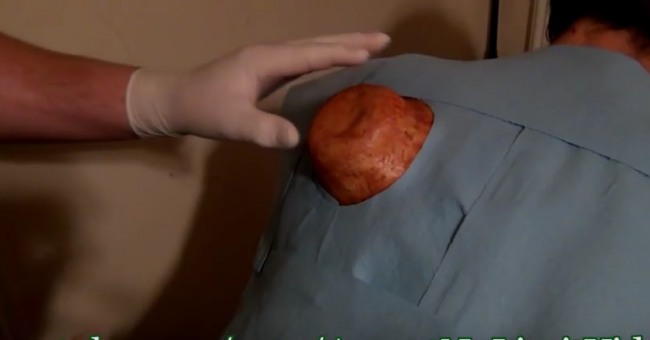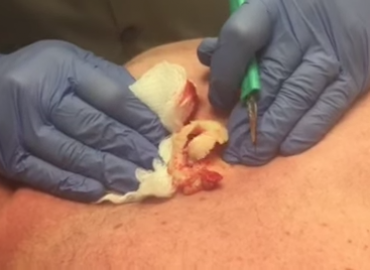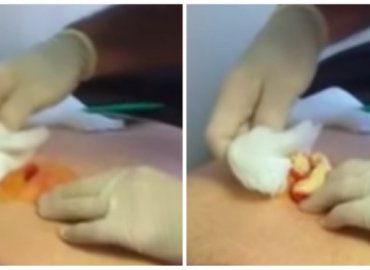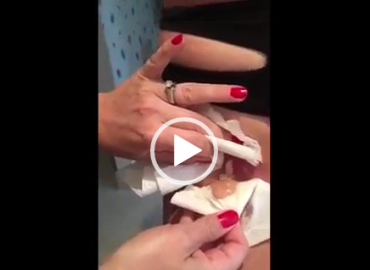An ingrown hair is a hair that curls back on itself. While ingrown hairs more commonly occur in individuals withcurly hair, almost everybody will develop one at some point in their life. If you shave regularly, you may have to deal with ingrown hairs more commonly than the average person. Got one now? Follow these instructions to treat the issue and keep it from coming back.
Sharp device
Use a sterile needle, tweezers or a rotable medical device for ingrown hairs to gently tease the hair out of the skin. Use the warm compress first––this should bring the hair to the surface––don’t dig for the hair if you can’t easily get at it. Don’t pluck the hair out completely if you can avoid doing so; just make sure that the ingrown end is out of the skin. It may take a little time to coax the hair out, so persevere and do not cut the skin.
Sometimes you’ll see a loop of the hair close to the surface of the skin. This means that the tip of the hair has begun growing down into the skin. If you get a needle in the loop and tug lightly, the end will often come loose.
If you choose to use tweezers, remember that tweezers can be bought either pointy or flat-tipped. A pointy-tipped pair may cause less damage to the skin around the hair if used carefully. Another choice might be to use a rotable medical device for ingrown hairs which does not damage the follicle or the surrounding skin.
Wash the area around the (formerly) ingrown hair with warm water and moisturizing soap. Apply an antiseptic to provide extra protection against infection. Avoid wearing tight clothing on that area, and exfoliate regularly to prevent new ingrown hairs. You may wish to apply a daily topical solution to prevent any further ingrown hairs from developing.
Sometimes, the ingrown hairs may not budge at all because they may be placed in very deep. If these methods do not work, talk to your doctor or dermatologist to get a prescription medication.







